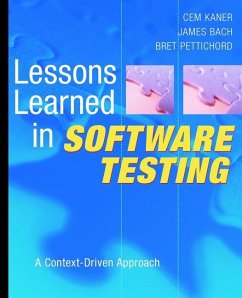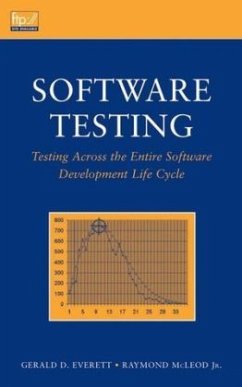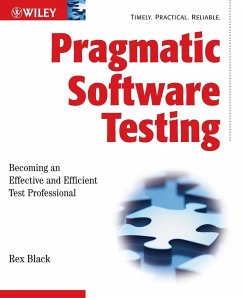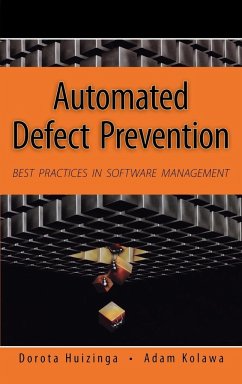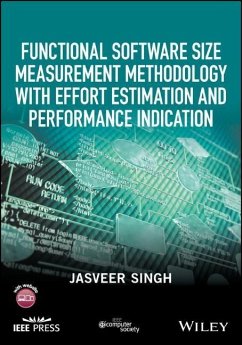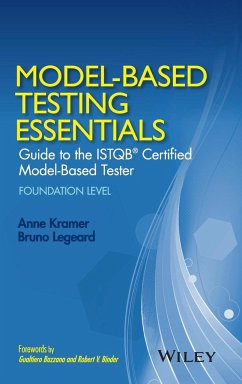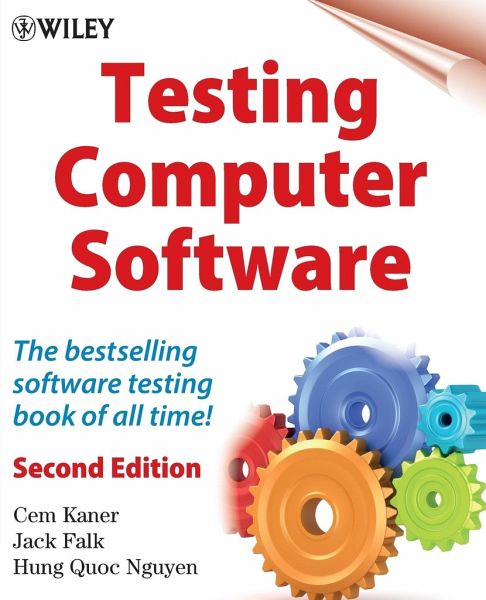
Testing Computer Software
Versandkostenfrei!
Versandfertig in 2-4 Wochen
90,99 €
inkl. MwSt.

PAYBACK Punkte
45 °P sammeln!
Dies ist die 2. Auflage eines herausragenden und äußerst erfolgreichen Softwaretitels, der auch von Amazon besonders empfohlen wird. Früher herausgegeben von VNR Computer Library, ist dieses Buch jetzt bei Wiley erhältlich. Zuverlässige Computer-Software ist der Schlüssel zum Erfolg aller IT-Unternehmen und -systeme. Jedoch ist es unmöglich erfolgreiche und zuverlässige Software herzustellen, ohne daß diese ein umfangreiches Testverfahren durchläuft. Und genau um diese Testverfahren geht es hier. Cem Kaner, anerkannter Experte auf diesem Gebiet, hat mit diesem Buch einen Leitfaden ve...
Dies ist die 2. Auflage eines herausragenden und äußerst erfolgreichen Softwaretitels, der auch von Amazon besonders empfohlen wird. Früher herausgegeben von VNR Computer Library, ist dieses Buch jetzt bei Wiley erhältlich. Zuverlässige Computer-Software ist der Schlüssel zum Erfolg aller IT-Unternehmen und -systeme. Jedoch ist es unmöglich erfolgreiche und zuverlässige Software herzustellen, ohne daß diese ein umfangreiches Testverfahren durchläuft. Und genau um diese Testverfahren geht es hier. Cem Kaner, anerkannter Experte auf diesem Gebiet, hat mit diesem Buch einen Leitfaden verfaßt, der von unschätzbarem Wert ist für ALLE: Für Studenten, die sich um eine Stelle als Software-Tester bewerben, für erfahrene Programmierer, die Fehler schnell aufdecken müssen oder mit einer Armada von Testern kommunizieren müssen und für Projekt- und Test-Manager, die eine Vielzahl von Leuten, Fristen und Erwartungen jedes einzelnen Softwareprojekts unter einen Hut kriegen müssen. Außerdem ist dieses Buch eine große Hilfe für alle, die ein Betriebssystem für den Privatgebrauch erworben haben, das nicht ihren Erwartungen entspricht. Der Erfolg dieses Buches beruht auf seiner Realitätsnähe und Praxisbezogenheit: Qualität und Zuverlässigkeit von Software am modernen Arbeitsplatz. (y08/99)





